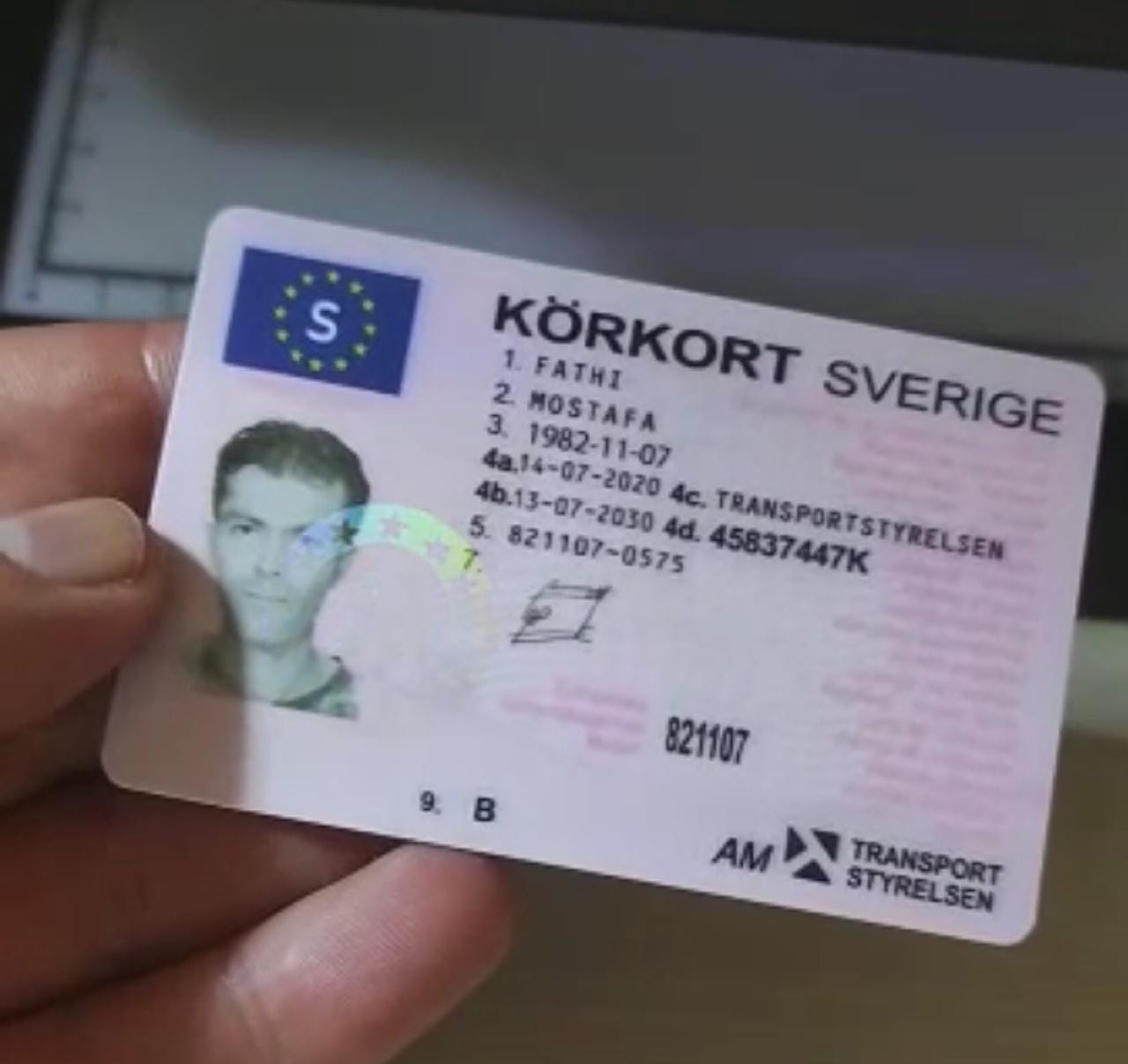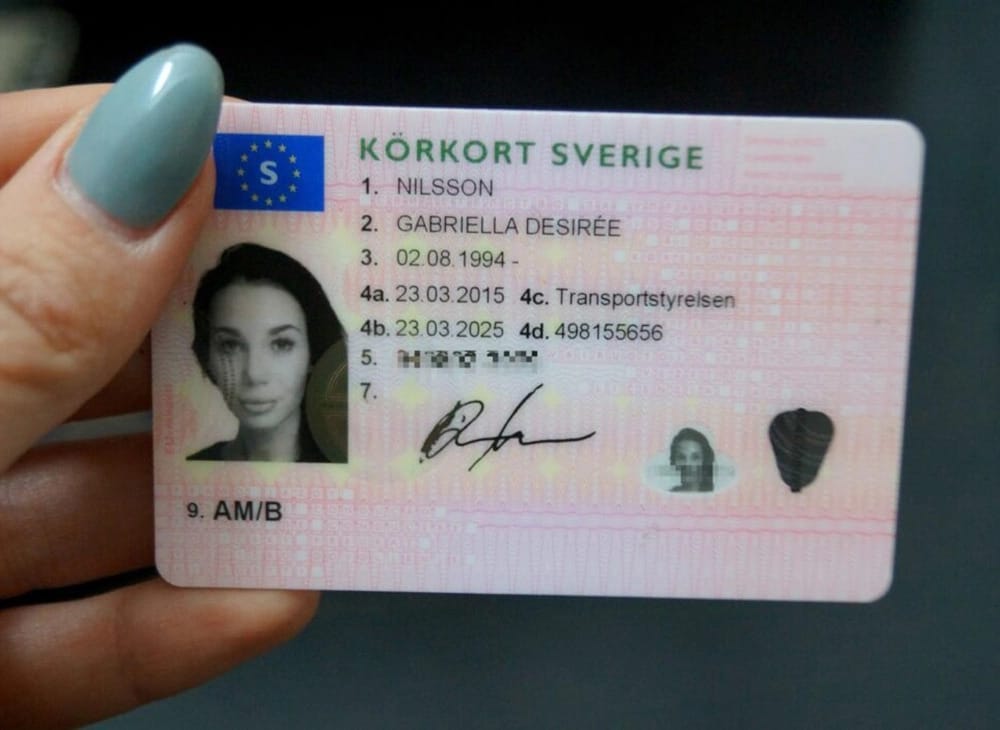Speak "Yes" To These 5 Buy Driving License Tips
페이지 정보
작성자 Doug 작성일25-06-09 04:07 조회46회 댓글0건관련링크
본문
The Comprehensive Guide to Legally Obtaining a Driving License
Driving is a basic skill for many, using the freedom to take a trip where and when you want, frequently making life easier and enjoyable. However, obtaining a driving license is a process that needs understanding, perseverance, and adherence to legal treatments. This guide aims to provide a comprehensive overview of the steps one must follow to legally obtain a driving license, highlighting essential considerations and frequently asked questions to make sure a smooth and problem-free experience.
Comprehending the Basics
Before diving into the application procedure, it's important to comprehend the basic requirements and kinds of driving licenses offered. Driving laws vary significantly from country to country, and even within different states or provinces within the same nation. Normally, there are several kinds of driving licenses, consisting of:
- Learner's Permit: This is typically the primary step in the procedure, allowing new drivers to gain experience under supervision.
- Provisional License: Issued after passing a standard driving test, this license typically features restrictions and is a stepping stone to a complete license.
- Full Driver's License: Once all the needed requirements are fulfilled, chauffeurs can acquire a complete license, which uses total driving advantages.
- Business Driver's License (CDL): Required for those who want to run commercial lorries, such as trucks or buses.
Steps to Obtain a Driving License
1. Research Local Driving Laws
The first action in getting a driving license is to investigate the particular requirements in your area. Visit the main website of your regional Department of Motor Vehicles (DMV) or comparable agency to discover comprehensive details about the licensing process, including age restrictions, required documents, and costs.
2. Prepare Required Documentation
Each jurisdiction has its own set of files that need to be sent to request a driving license. Typically required documents include:
- Proof of Identity: A passport, birth certificate, or state-issued ID.
- Evidence of Residency: Utility costs, lease contracts, or other main documents that validate your address.
- Social Security Number (if suitable): In some nations, a social security number or equivalent is required for identification.
- Vision Test Results: Some places need a vision test before providing a learner's permit or license.
3. Take a Driver's Education Course
Lots of states and countries require new chauffeurs to complete a driver's education course. These courses are designed to teach the rules of the roadway, traffic laws, and safe driving practices. They can be completed köpa körkort online sverige or in a classroom setting and typically include both theoretical and practical components.
4. Request a Learner's Permit
When the required paperwork is ready and the driver's education course is finished, the next action is to request a learner's license. This generally includes going to the DMV or sending an application online. You will likewise need to pass a written test that covers traffic laws and driving understanding.
5. Practice Driving
With a learner's permit, you can begin practicing driving under the supervision of a licensed adult. This is an essential step in constructing your self-confidence and skills behind the wheel. It's also essential to gain experience in different driving conditions, such as night driving, highway driving, and driving in inclement weather condition.
6. Set up and Pass the Driving Test
After acquiring enough driving experience, you can arrange a driving test with the DMV. The test will examine your ability to securely run an automobile and follow traffic laws. You will need to bring a correctly registered and insured lorry to the test, and the inspector will evaluate your driving skills on a predetermined path.
7. Get a Provisional License
If you pass the driving test, you will normally receive a provisional license. This license may come with limitations, such as a curfew or a limitation on the number of travelers you can have in the vehicle. These limitations are developed to decrease the risk of mishaps and help new motorists adapt to the roadway.
8. Upgrade to a Full License
Once you have held a provisionary license for the necessary duration and met any extra requirements, you can update to a full driver's license. This process normally includes a basic application and might need a retest or extra documents.
Tips for a Successful Application
- Start Early: Begin the procedure as quickly as you satisfy the age requirement to give yourself adequate time to prepare.
- Stay Informed: Keep up-to-date with any changes in driving laws or DMV treatments.
- Practice Regularly: Consistent practice is key to building self-confidence and improving your driving abilities.
- Stay Calm During the Test: Anxiety can impact your efficiency, so take deep breaths and remain focused.
- Follow DMV Instructions: Pay attention to the guidelines supplied by the DMV and the examiner throughout your test.
Often Asked Questions (FAQs)
Q: What is the minimum age to get a student's permit?
A: The minimum age varies by jurisdiction. In the United States, it typically ranges from 15 to 16 years of ages. In the UK, the minimum age is 17. Examine your local DMV website for specific information.
Q: Can I make an application for a driver's license online?
A: Some jurisdictions permit you to complete parts of the application process online, such as completing types and scheduling tests. However, you will normally need to check out a DMV workplace face to face to send needed documents and take the driving test.
Q: What occurs if I fail the driving test?
A: If you stop working the driving test, you can normally retake it after a certain duration. This duration differs by area, but it is often a few weeks. It's an excellent idea to practice more before retaking the test to improve your possibilities of success.
Q: Can I drive alone with a learner's authorization?
A: No, a student's license typically requires you to be accompanied by a certified adult, generally over 21 years of ages, who is seated in the front traveler seat.
Q: Is a vision test required to get a driving license?
A: Yes, a lot of jurisdictions need a vision test to make sure that you can safely run a vehicle. You can typically take this test at the DMV or with an approved optometrist.
Q: How long does it take to get a full driver's license?
A: The time required to obtain a full driver's license varies depending upon your jurisdiction and the specific steps involved. Normally, it can take several months, consisting of the time required to finish a driver's education course, hold a learner's authorization, and pass the driving test.
Q: Can I use a provisional license to drive for work?
A: It depends on the restrictions put on your provisional license. Some provisionary licenses allow you to drive for work, while others might have specific restrictions. Check your license for information or contact the DMV for clarification.

Q: What is the difference in between a learner's permit and a provisional license?
A: A student's authorization is the very first phase of the licensing process and permits you to drive only under supervision. A provisionary license, on the other hand, grants you more driving privileges however may still have some constraints, such as a curfew or traveler limitations.

Q: Can I get an industrial driver's license (CDL) without a full driver's license?
A: No, you normally require a complete driver's license before making an application for a CDL. A CDL is a specialized license that requires extra training and testing, and it is only released to those who have shown the capability to safely operate a standard vehicle.
Q: What should I do if I lose my driving license?
A: If you lose your driving license, you should report it to the DMV and obtain a replacement. You might require to supply proof of identity and pay a fee. It's likewise a great concept to notify your insurance coverage company and any other pertinent parties.
Getting a driving license is a substantial turning point that opens up new opportunities and increases independence. By following the actions outlined in this guide and remaining notified about local laws and requirements, you can guarantee a smoother and more successful licensing process. Remember that driving is a serious responsibility, and making the effort to find out and practice is important for your safety and the security of others on the road.
댓글목록
등록된 댓글이 없습니다.
